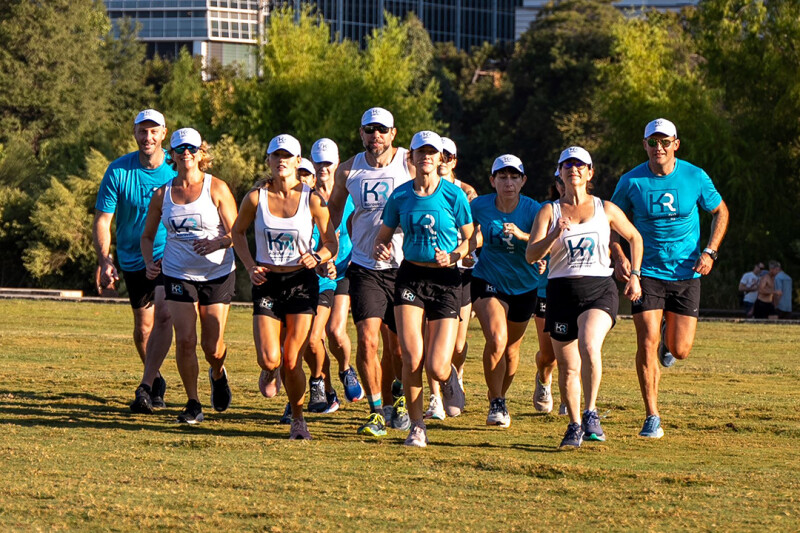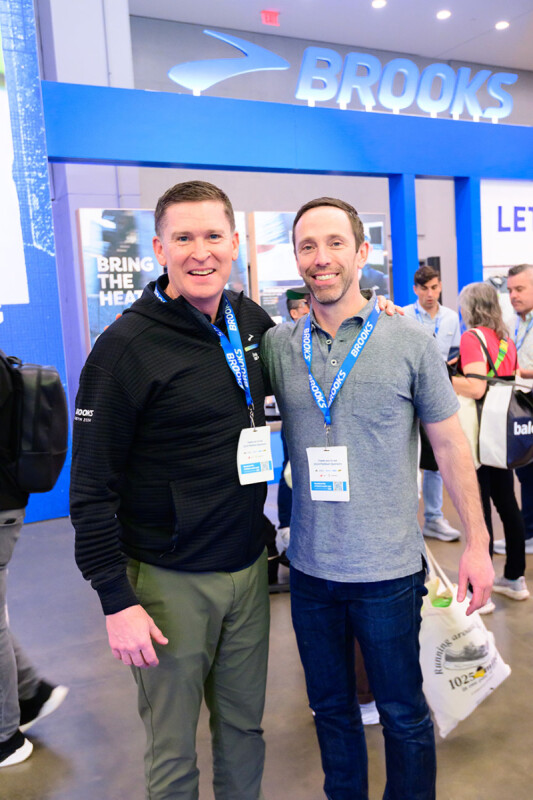One of the biggest trends to emerge from the COVID-19 crisis is the consumer adoption of new fitness routines Ñ whether it is in the form of investing in health and fitness equipment for the home, a pair of running shoes or a new bike. The momentum that began in mid-March has showed no signs of abating, and demand remained intact for the holidays Ñ a critical selling season for retail overall and typically one of the best times of year to better understand the tangible desires of consumers.
Essentially, U.S. consumers have changed their workout habits for two overarching reasons.
- For many, commuting to and from work or school has been reduced or become non-existent, with more working and schooling from home than usual. Given that the average one-way commute is just over 26 minutes, according to the U.S Census Bureau, it becomes clear that time is being put back in people’s day to invest in new activities.
- Many gyms and fitness centers around the country remain closed or are operating at reduced capacity, also leading consumers to find new ways to exercise. With social distancing measures in place, many may also be reluctant to return to these types of public facilities.
Home Fitness Equals Running
Given all of these factors at play, it is unsurprising that consumers are turning to home fitness as a way to pursue their exercise and wellness interests. In the three months ending November 2020, home fitness equipment sales grew by 126 percent compared to the same period in 2019, according to NPD’s Retail Tracking Service. Cardiovascular equipment such as treadmills, rowers and stationary bikes were up 160 percent during this period.
Consumers’ motivation to find additional ways to exercise is also contributing to sales increases for performance running footwear. Performance running shoes sold across sporting goods and specialty stores as well as the sport specialty e-commerce channel grew nine percent in sales during the three months ending November 2020 compared to the year prior, according to NPD.
Women Lead the Way
As retailers consider how to engage with consumers in this space, it is critical to understand who may be showing interest in the performance running shoe category. Overall, NPD data shows that the women’s market is outperforming men’s; sales grew by 14 percent for women’s product during the September through November 2020 period, compared to a growth of five percent for men’s.
These combined trends of a growing women’s running shoe market and at-home fitness investments also assist in helping retailers to identify enhancements in their merchandising and product assortments.
While men’s performance running product still holds a slight majority at 51 percent dollar share of market, the growth in women’s designs suggests that more floor space, visual display and complementary apparel product should target a women’s audience. A secondary benefit of this approach, particularly for run specialty stores, is that by boosting women’s product these stores will, in turn, strengthen their positioning as a destination for athleisure apparel.
While selling large equipment may not be ideal for some smaller run specialty retailers, there is still good reason to place a greater focus on smaller home fitness items and sales add-ons. In fact, specialty run and outdoor stores have experienced strong sales increases in categories such as dumbbells (+212 percent), suspension trainers (+425 percent), and resistance tubes and bands (+71 percent) in the quarter ending November 2020 as compared to the same period one year ago, according to NPD.
Getting Connected Pays Off
Retailers and manufacturers should also not ignore the explosive growth of smart and connected fitness products that will likely continue to ignite demand. There is no shortage of connected treadmills and bikes coming to market, along with innovative apps. This user base may be more inclined to purchase new equipment, apparel and footwear to participate in classes.
Today’s global crisis has prompted a consumer drive in how to be healthy at home and while this fitness movement was born out of the pandemic, the surge in fitness-related equipment and footwear sales will continue to shape exercise habits and recreational activities in the future.
There is a tremendous opportunity for brands and retailers in this space to engage with a new and growing consumer base, and nurture the enthusiasm that has been a silver lining in today’s challenging time





